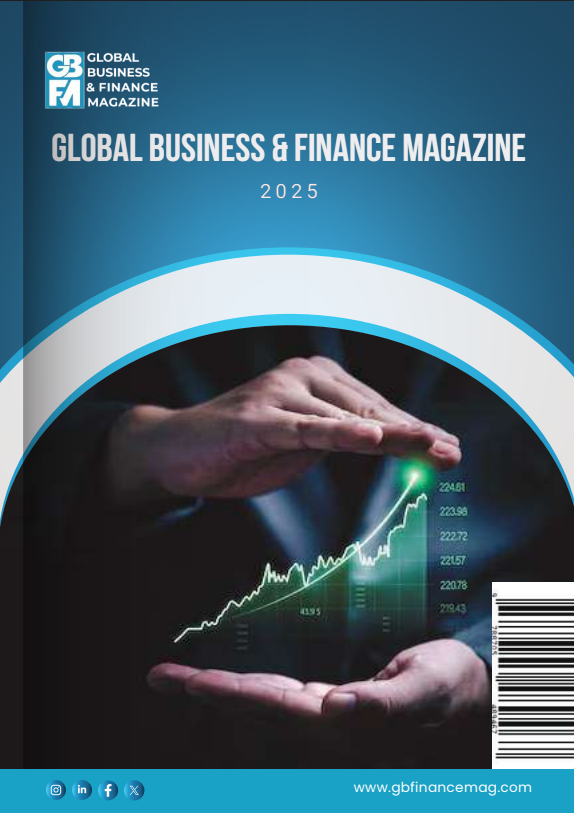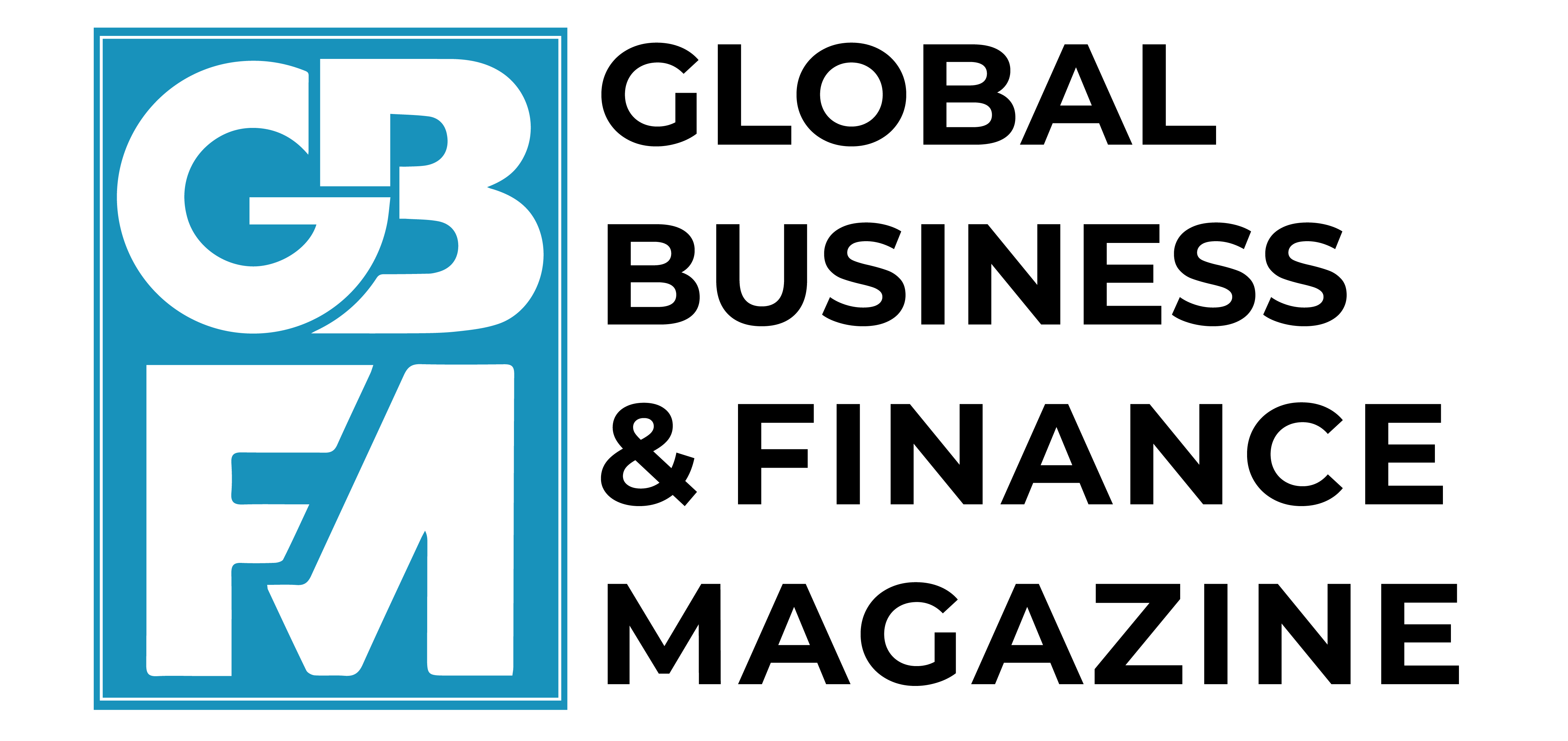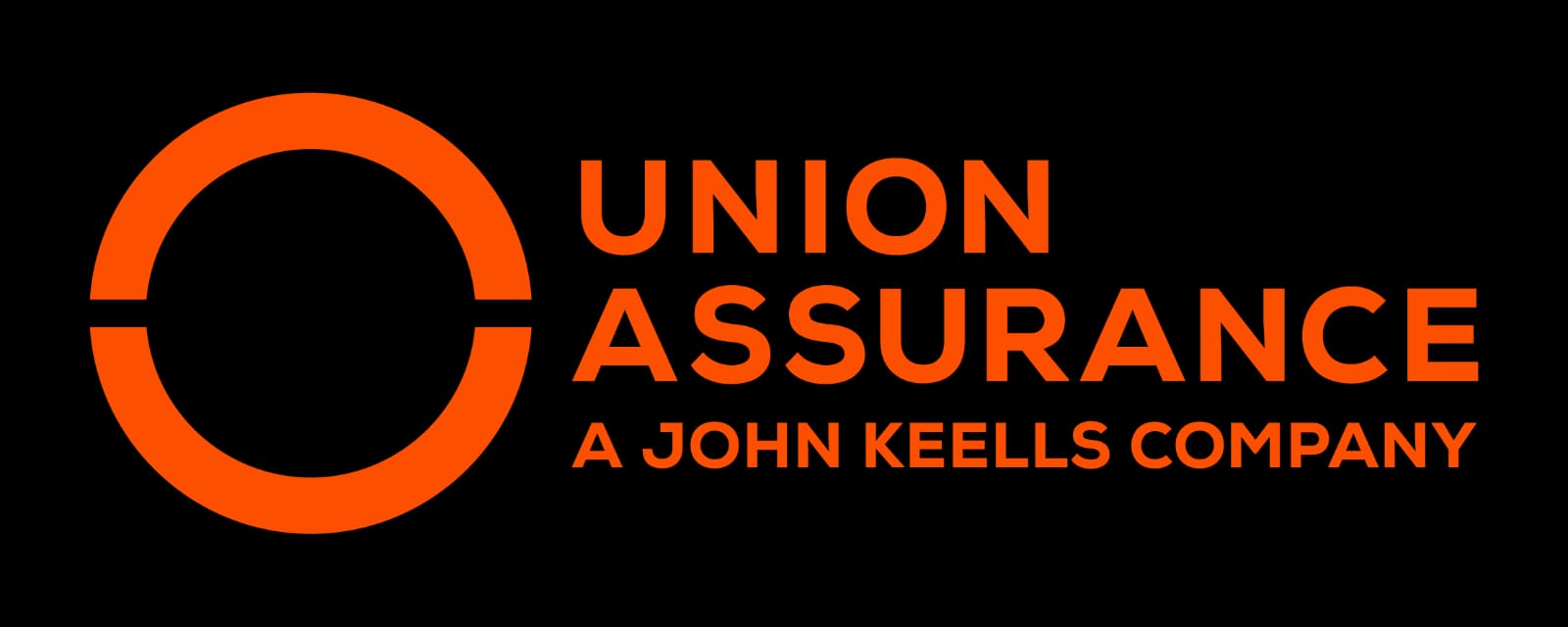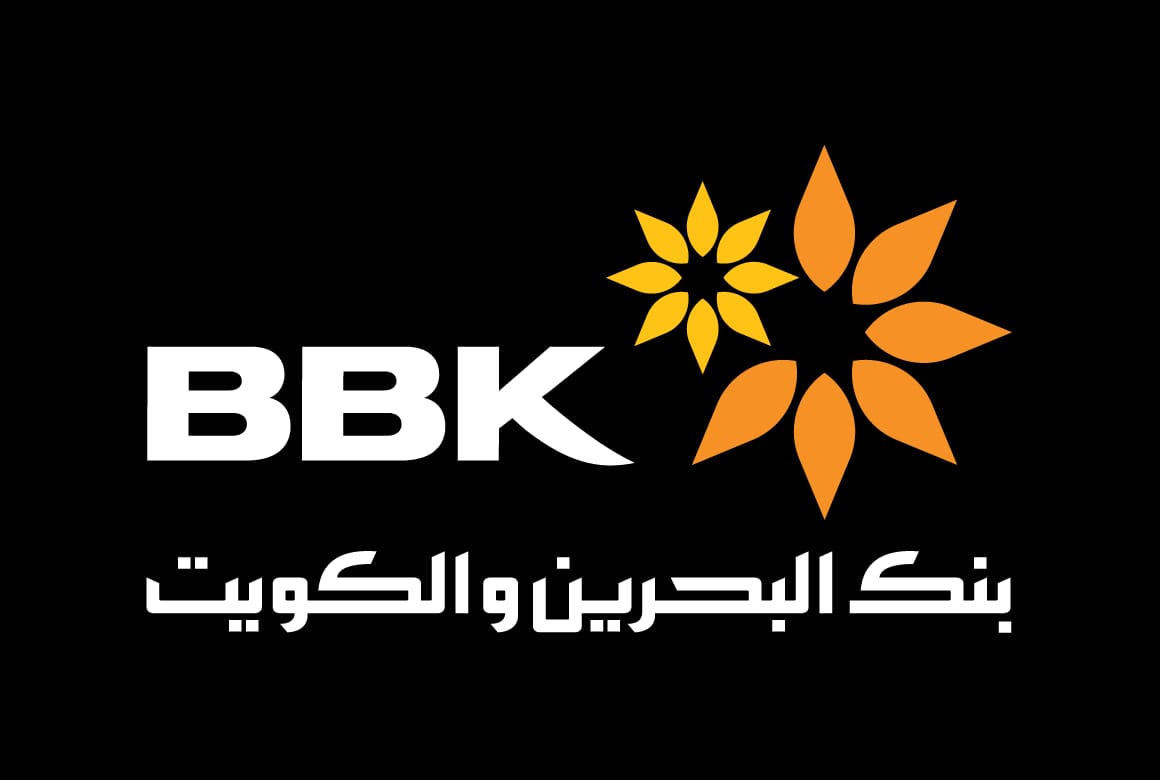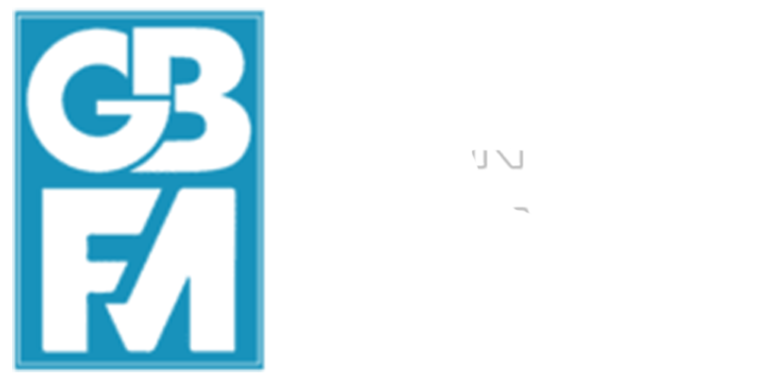The negative correlation between inequality and unionisation rates in the US has been extensively documented, but while the other direction of causality – the impact of inequality on the labour movement – has also been theorised, it has not been empirically tested. This column uses three distinct research settings to show how rising occupational wage inequality affects worker support for collective bargaining and changes union organisers’ strategies, such as where they campaign, whom they target, and what they demand.
The negative correlation between inequality and unionisation rates in the US has been extensively documented (Freeman 1980, Di Nardo et al. 1996, Card 2001, Jaumotte and Osorio Buitron 2015). Farber et al. (2021) further provide causal evidence that declining unionisation rates since the 1960s have contributed to the rise in income inequality. The other direction of causality – namely, the impact of inequality on the labour movement – has also been theorised (Hirsch 1982, Acemoglu et al. 2001) but never empirically tested. The intuition behind this theory is that, when inequality increases, particularly among workers who could share the same union representation, unions may find it harder to attract, retain, and mobilise members. There are several reasons why this may happen. For example, workers with high individual bargaining power may prefer to negotiate individually rather than bargain collectively, if the latter entails redistribution. Even when most workers favour collective representation, differences in pay may undermine unions’ ability to coalesce around common bargaining priorities. Additionally, the dynamics of union support in high-inequality environments could alter the very objectives of labour organisations. For instance, if high earners become less receptive to traditional union messaging on wage compression, labour organisers might strategically pivot their focus toward non-wage amenities. At the same time, coworker inequality could also increase union support by galvanising lower-income workers who stand to benefit from redistribution, or by mobilising workers concerned with fairness or income security.
In a recent paper (Biasi et al. 2025) we provide the first empirical evidence on how rising occupational wage inequality affects worker support for collective bargaining and changes union organisers’ strategies, such as where they campaign, whom they target, and what they demand. We achieve this goal by studying three distinct research settings.
Our first setting is a survey experiment with labour organisers. We employ a vignette design presenting organisers with hypothetical firms that face the same average market wages different levels of wage dispersion. Organisers are asked to make incentivised strategic decisions (e.g. on how to spend organising budgets) based on their predictions about union support. Through multiple outreach channels, we collect responses from nearly 200 organisers representing 26 unions, 14 industries, and 36 US states. We find that organisers anticipate substantially lower union support in more unequal environments. Given limited resources, they would direct organising resources toward more equal environments. Should they pursue a union drive, they would use strategies to mitigate the impact of inequality on union support. For instance, they are 23.6 percentage points (or 25%) less likely to disclose information about market wages in environments where workers face unequal market wages, in line with the hypothesis that worker cohesion strengthens union support (Figure 1, top panel). Inequality also shapes campaign focus: in more unequal environments, organisers are more likely to build their campaigns around non-wage amenities at the expense of wage demands (Figure 1, middle panel). Finally, in more unequal environments, organisers are 14.8 percentage points (168%) more likely to target smaller bargaining units that separate workers with different market wages rather than a single firm-level union (Figure 1, bottom panel). The latter two patterns highlight the trade-off facing organisers in high-inequality environments: preserving cohesion through smaller units of similar workers and focusing on less divisive (non-wage) demands may increase the chances of union representation, but it may also reduce the union’s bargaining strength and ability to push for wage compression.
Figure 1 Organising strategies


Notes: This figure shows how organizers adapt their campaign strategies when market wage inequality increases, from the organizer survey described in Section 3 of Biasi et al. (2025). Under each outcome specified on the y-axis, Equal Env. Mean reports the average outcome in the equal environment, while plotted estimates show the effect of moving from the equal environment to the unequal environment. Specifically, coefficients under header Pay Transparency report whether organizers would publish market wage information from Figure I; coefficients under header Campaign Priority report which of the three issues organizers would prioritize during the campaign; the coefficient under header Bargaining Units reports whether organizers would pursue separate, smaller bargaining units for different worker types. Point estimates are shown with 90% confidence intervals, using standard errors clustered at the organizer level. We test the null hypothesis that each coefficient equals zero and report p-values to the right of the plot. Sample size is 182 organizers.
We corroborate our experimental findings with national-level evidence in US administrative data. Using data on private-sector contracts from the Office of Labor-Management Standards (OLMS) from 2002-2022, as well as Federal Mediation and Conciliation Service data on bargaining units from 2015-2021, we find that unions operating in more unequal industries are less likely to negotiate rigid pay scales, more likely to emphasise non-wage amenities over wage demands in their contracts, and represent smaller bargaining units as a share of establishment employment. Further, an analysis of AFL-CIO News content from 1955-1996 reveals that as national income inequality rose sharply, unions’ focus on pay-related issues declined from over half of all articles in the early 1970s to one-third in the 1990s.
While our first setting captures organisers’ perspectives, our second setting provides direct evidence on how workers’ union support is impacted by inequality. We perform an experiment with Hollywood screenwriters during the 2023 Writers Guild of America (WGA). Leveraging the insight that people typically underestimate pay inequality (a finding that we establish with a baseline survey of 400 WGA members), we experimentally vary writers’ exposure to information about pay inequality and test whether raising awareness about inequality affects high-stakes expressions of support for the WGA. To make pay inequality salient, we construct a pay report on the median and mean pay rates by gender and distribute it to WGA members 100 days into the strike, a critical juncture when studios resumed negotiations with the Guild. To measure union support, we ask respondents: “Do most writers think WGA demands meet the needs of all members?” By randomising whether this question appears before or after the pay report, we can discern whether pay disclosure impacts writers’ responses. We find that only 9% of respondents who have not seen our pay report do not believe that WGA demands meet the needs of all members, compared to 23% of those who have. This shift is driven by respondents with more writing credits, our proxy for productivity. This heterogeneity corroborates the economic channel conjectured by Acemoglu et al. (2021), whereby high earners prefer to bargain individually if the earnings disparity between themselves and the median voter is sufficiently large.
Our third setting leverages a natural experiment following a Wisconsin reform that increased wage inequality among public school teachers in commuting zones (CZs) with high labour market competition. In 2011, Wisconsin’s Act 10 changed the rules governing public-sector unions, prohibiting collective bargaining over the pay scales used to set teachers’ pay based on experience and education. This left districts free to adjust teacher pay individually without union consent, potentially generating large disparities in pay among teachers with the same education and experience (‘position’). A critical factor influencing individual bargaining power and the resulting wage inequality was the availability of outside employment opportunities. Indeed, we confirm empirically that, while average pay remained fixed by pre-determined budgets, pay inequality increased more in CZs with multiple school districts (and thus a low level of local labour market concentration, captured by a Herfindahl-Hirshman index below the state median), each representing a potential job option for teachers. These cross-district differences in the consequences of the reform on pay inequality provide us with a natural experiment which, combined with administrative data on union revenue per teacher and individual-level dues payments, allows us to study how rising inequality shapes union revenue. We find that while districts present parallel trends in union revenues per teacher pre-reform, districts with low-HHI (larger inequality increases) saw significantly larger declines in union contributions after the reform took effect (Figure 2). Three years later, the gap in union revenues between high and low inequality shock districts has reached 64% (p-value = 0.004). We also examine individual choices to pay union dues after the reform. Consistent with the economic channel found in our Hollywood study, the relative drop in union support in districts with larger inequality shocks is driven by teachers whose wages grew the most under flexible pay.
Figure 2 Wage inequality shocks and union revenues


Notes: This figure shows how wage inequality affects union revenues at the school district level, from the Wisconsin study described in Section 4 of Biasi et al. (2025). Estimates represent coefficients 𝛽𝑘 from equation (4), which regresses log annual union revenues per teacher on event-year dummies (relative to expiration of collective bargaining agreements) with district and year fixed effects. We display separate coefficients for districts expected to experience a high inequality shock (blue series) and those expected to experience a low inequality shock (orange series). We classify high/low inequality shock districts based on whether they have a community zone level Herfindahl-Hirschman Index below/above the state median. Estimates are displayed with 90% and 95% confidence intervals, using standard errors clustered at the district level.
Together, these research designs provide strong causal evidence that occupational wage inequality can undermine the labour movement. We highlight key mechanisms through which union strength erodes. First, workers with higher individual bargaining power disproportionately withdraw their support for unions in high-inequality environments. Organisers, in turn, try to mediate lower support in high-inequality environments by shifting campaign focus away from wages and by targeting smaller bargaining units. While these strategic moves may shore up unions’ institutional viability, they can also come at the expense of effective wage compression. Additionally, organizers faced with resource constraints divert resources away from high-inequality environments, even though those environments could benefit more from union intervention. These mechanisms create the potential for ‘inequality traps’, whereby collective bargaining, typically a counterforce against inequality, becomes increasingly difficult as occupational wage gaps widen.
Source : VOXeu
